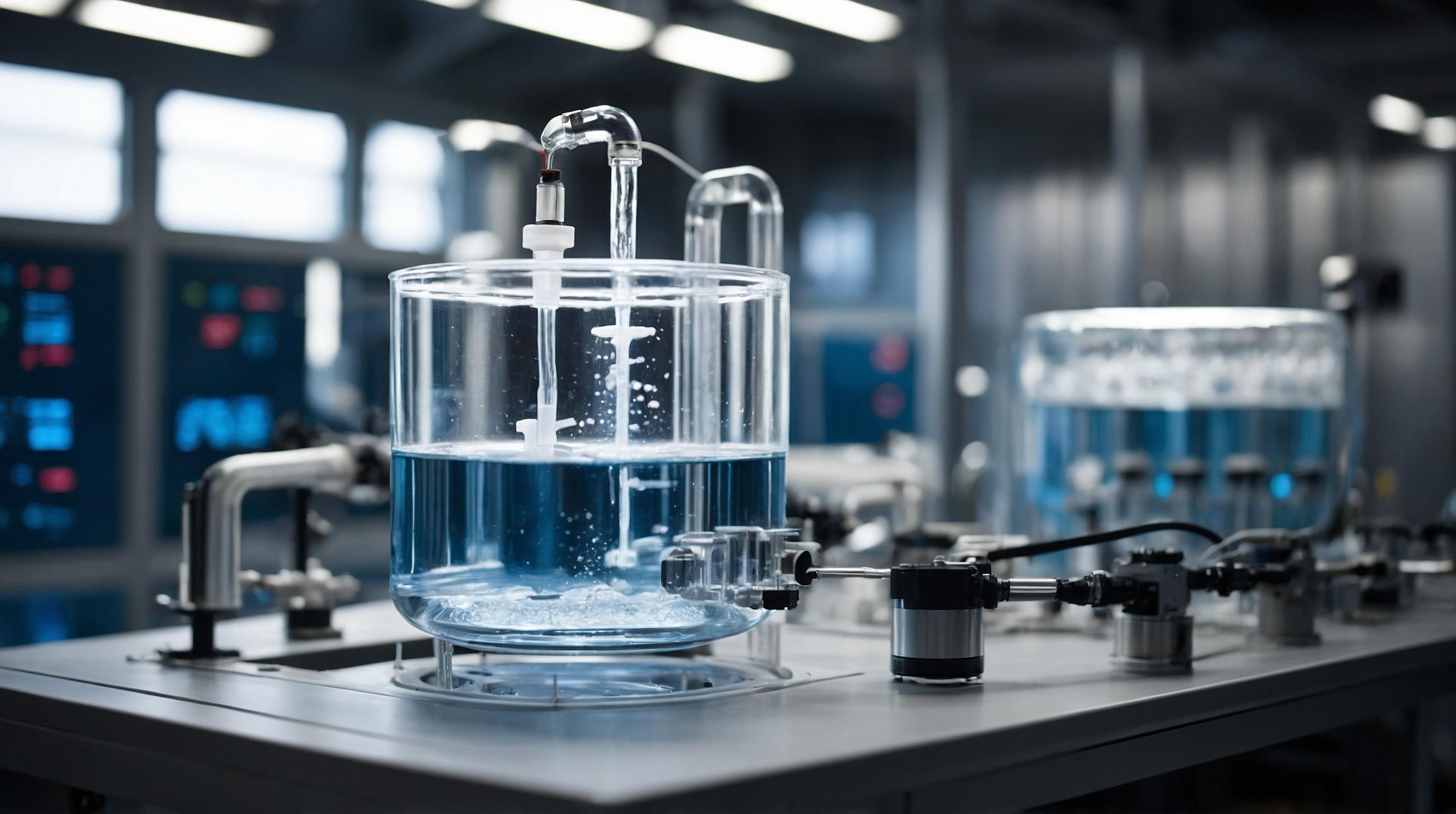The Challenge of Clean Water Access
About 2.2 billion people, more than a quarter of the world's population, lack access to safe drinking water. Many regions experience severe water scarcity, leading to significant socioeconomic costs for alternative sources like rainwater reuse and seawater desalination. Centralized systems are slow to adapt to changing demands, prompting interest in decentralized technologies.
Decentralized Water Production Technologies
Decentralized water production technologies, such as capacitive deionization and battery electrode deionization, are gaining traction. These methods use electrochemical processes to purify water, making them adaptable and efficient alternatives to traditional systems.
Limitations of Current Water Sensors
Current electrochemical water sensors can't track individual ions, only providing rough estimates through electrical conductivity. This limitation hinders precise water quality management, essential for health and environmental protection.
AI-Driven Ion Prediction: A Breakthrough
Dr. Son Moon's team at the Korea Institute of Science and Technology (KIST), alongside Professor Baek Sang-Soo's team at Yeongnam University, developed a data-driven AI model. This technology uses a random forest model—a machine learning technique—to predict ion concentrations during electrochemical water treatment accurately.
How the Random Forest Model Works
The random forest model is a type of machine learning used for predictions. It works by creating multiple decision trees during training time and outputting the average prediction of individual trees. This model successfully predicted electrical conductivity and specific ion concentrations (Na+, K+, Ca2+, and Cl-) with high accuracy (R2=~0.9).
Advantages and Applications
The AI model updates every 20–80 seconds, improving prediction accuracy. This rapid update requirement suggests that, for national implementation, water quality measurements need to occur at least every minute. The random forest model is also cost-effective, using significantly fewer computing resources than complex deep learning models.
Implications for Water Quality Management
Dr. Moon highlights the significance of this technology in enhancing national water quality management systems. By precisely monitoring individual ion concentrations, this AI model can significantly improve social water welfare, ensuring cleaner, safer water for communities.













